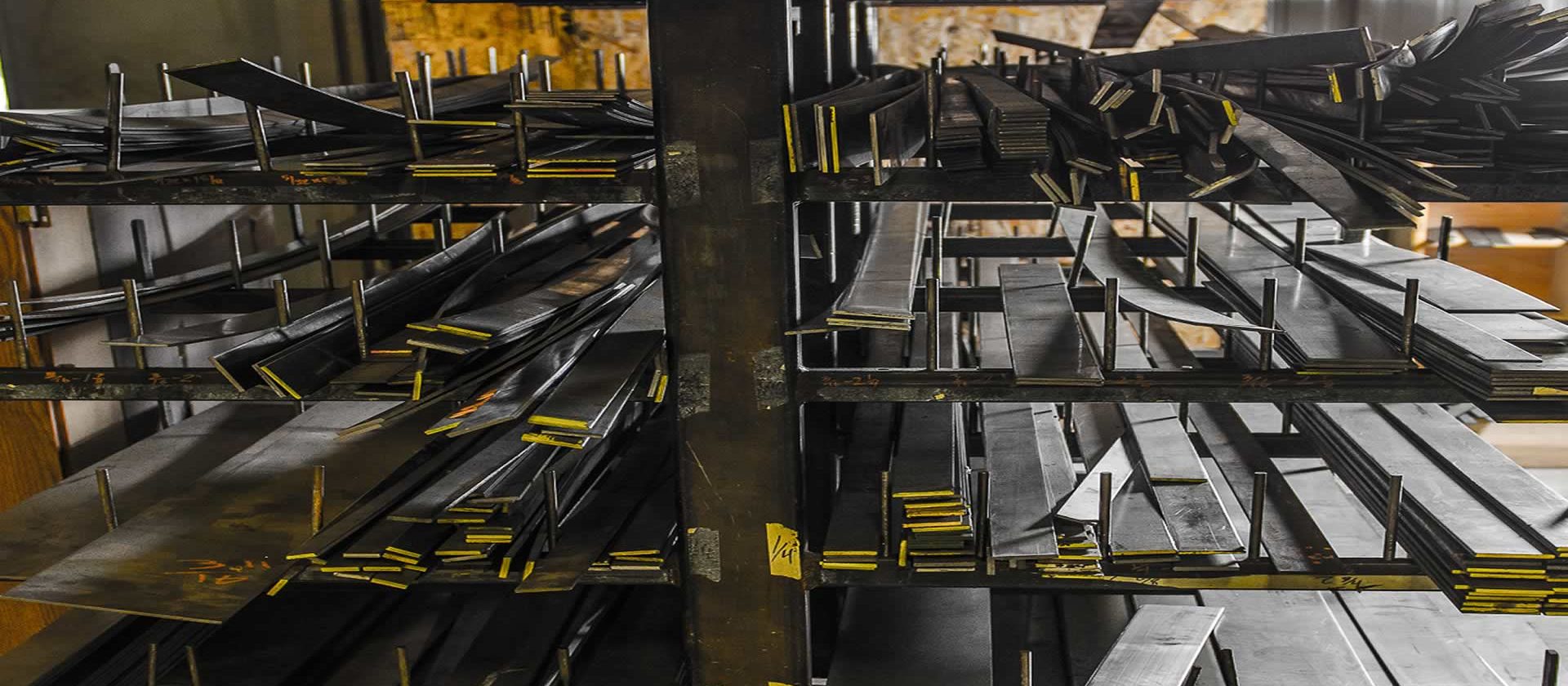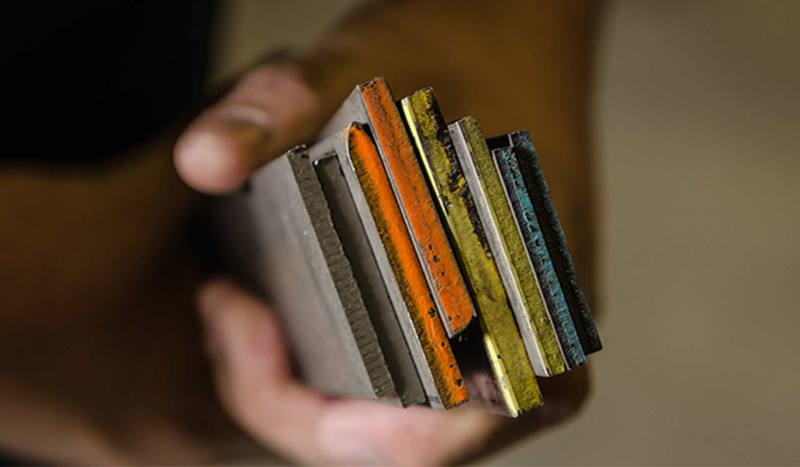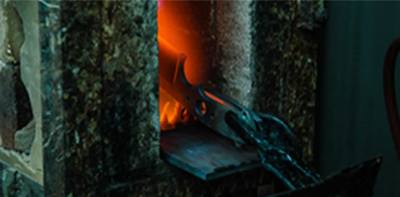
1095 - TOPS’ Mainstay for a Reason
Perhaps the most common question we receive from people is “Why 1095?” or some variation of that question. There are many, many ways to go about answering this question, but we’re going to focus on just a few reasons: namely, TOPS’ general philosophy (what we’re trying to accomplish), the pros (and cons) of 1095, and our heat treatment for 1095.
1095 and TOPS’ Philosophy
TOPS’ mission is “to create the highest-quality, rugged, unique, overbuilt, and functional tools for service members and outdoorsmen of all kinds through our superior manufacturing, finishing processes, and genuine field operators’ testing.’ So how does 1095 fit into that mission? It is a simple, quality steel for knives. When TOPS opened in 1998, we made knives primarily for members of the US military. These guys needed strong knives that would hold an edge, be easy to re-sharpen, and last for whatever may come their way. And of course, they needed to be made in the USA.
So we looked at different knife steels available at the time and settled on 1095 because it met all of those qualifications. When heat treated properly, 1095 takes and holds an edge very well, it will stay sharp for a long time, and it can be re- sharpened with even rudimentary sharpening tools. For example, we’ve seen indigenous people from the Amazon sharpen a TOPS machete back to a working edge with wet sand on top of a flat log.

Pros and Cons of 1095
As stated, there are a lot of pros to using 1095.
- It’s a simple steel (think K.I.S.S.). It’s basically iron and carbon, with trace amounts of other elements. High amounts of carbon mean that it can be heat treated to an appropriate hardness for edged tools.
- 1095 machines easily, which means that it is less costly to work with than some other steels out there. Having a knife you can afford is definitely worthy of being on the “pros’ list.
- It can take a very sharp edge. There are many steels out there that have good chemical compositions, but can’t take as fine an edge as 1095. Since the primary objective of a knife is to cut, obviously, this goes on the pro list.
- It’s easy to re-sharpen. The sweet spot for Rockwell hardness of 1095 is about 57-58. This is where it has the best combination of edge retention without being so brittle that it will chip. This hardness mixed with its chemical composition, make it much easier to re-sharpen than many other steels and much easier to re-sharpen than most stainless steels.
- It’s tough. This steel makes strong knives. Because we make knives to be used, this is an important consideration. Our differential heat treat makes knives that hold an edge and are very strong. When a knife made properly out of 1095 is used for its intended purpose, it will perform.
So what are the cons to using 1095?
- It’s not a stainless steel, so it can and will rust if not cared for properly.
- Some steels provide better impact resistance.
- Some steels have better edge retention.
- Some have qualities like a higher hardness and/or toughness.
There are many steels out there these days, including some that were developed specifically for the knife industry. It all depends on what is important to the individual user. And keep in mind that almost all of those other steels will cost more, so that must be factored into a purchaser’s decision.

Heat Treatment
We cannot end this post without mentioning something that is not talked about often enough when discussing steel for knives. How a blade is heat treated is as important if not more important than the selection of the steel itself. When 1095 is not heat treated properly, it does not make a great knife. If it’s too hard, it will be brittle and the edges will chip or it will break. If it’s too soft, the edges will roll or it will bend. We prefer to do a differential heat treat on 1095. This means that the edges that will be sharpened are going to be between 56 and 58 on the Rockwell C scale. The spine of the blades will be softer. The harder edge is where you get your edge retention. The softer spine means that the rest of the steel is not brittle. It will have some flex to it, meaning that it can bend without snapping. This combination of hard edge and softer spine makes the overall knife stronger as it can withstand sideways forces that some other blades cannot. It’s also much safer to have a blade bend on you when it is used improperly than it is to have one break.
In the end, there is no one steel out in the world that outperforms all others in all considerations. We use 1095 because although there are a few cons, the pros meet our expectations for what a knife should be. See for yourself. Search out a TOPS Knives Dealer and give TOPS a try for your next knife. You won’t be disappointed.


